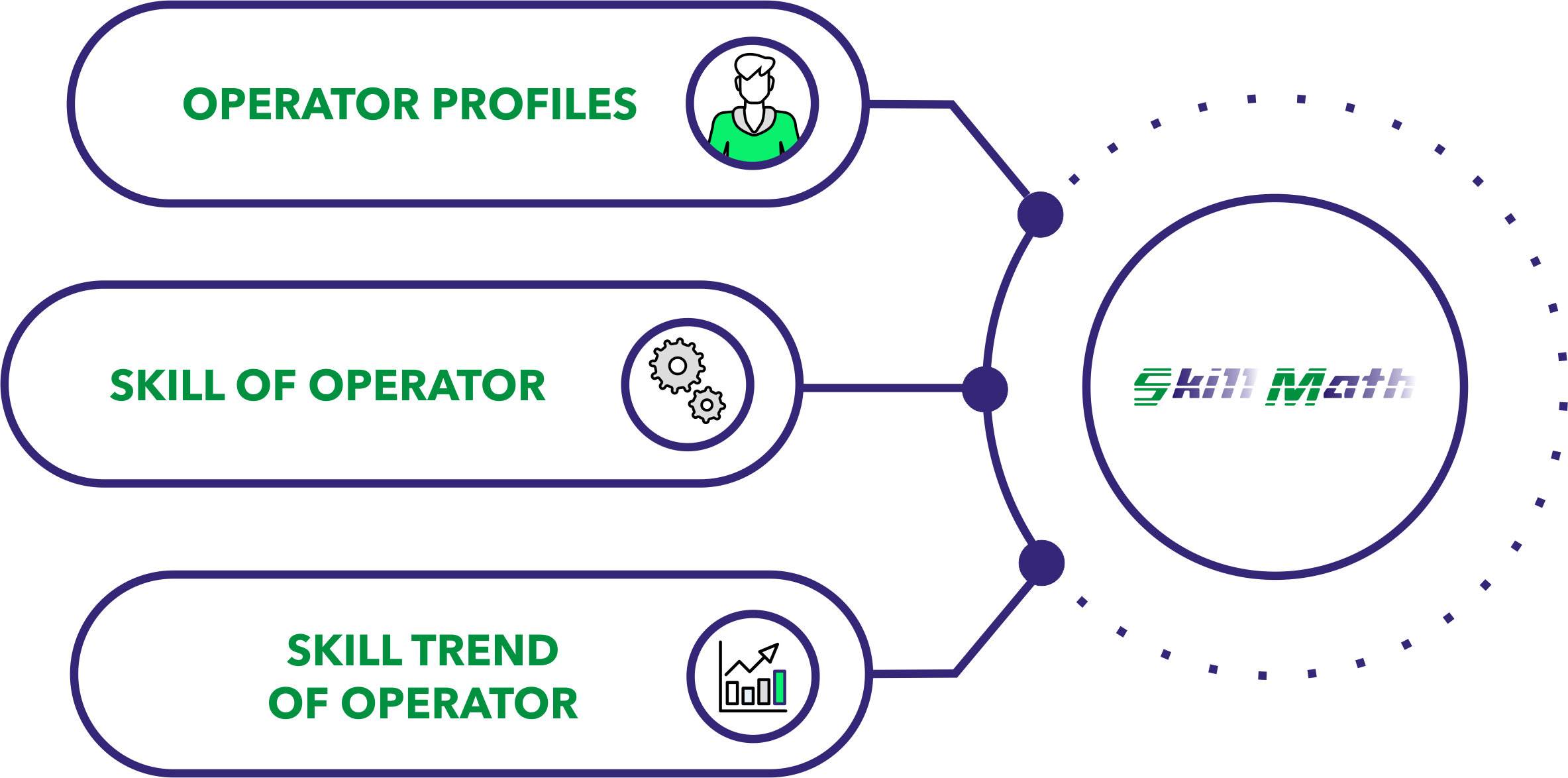Digitalization has become key factor for factories in fashion industry, therefore in 2019 Appareltech (Korea) have implemented Skill-Math to cover some critical areas at their Vietnam factory.
Skill-Math is able to help in gaining improvement such as:
- Building skill Read more










